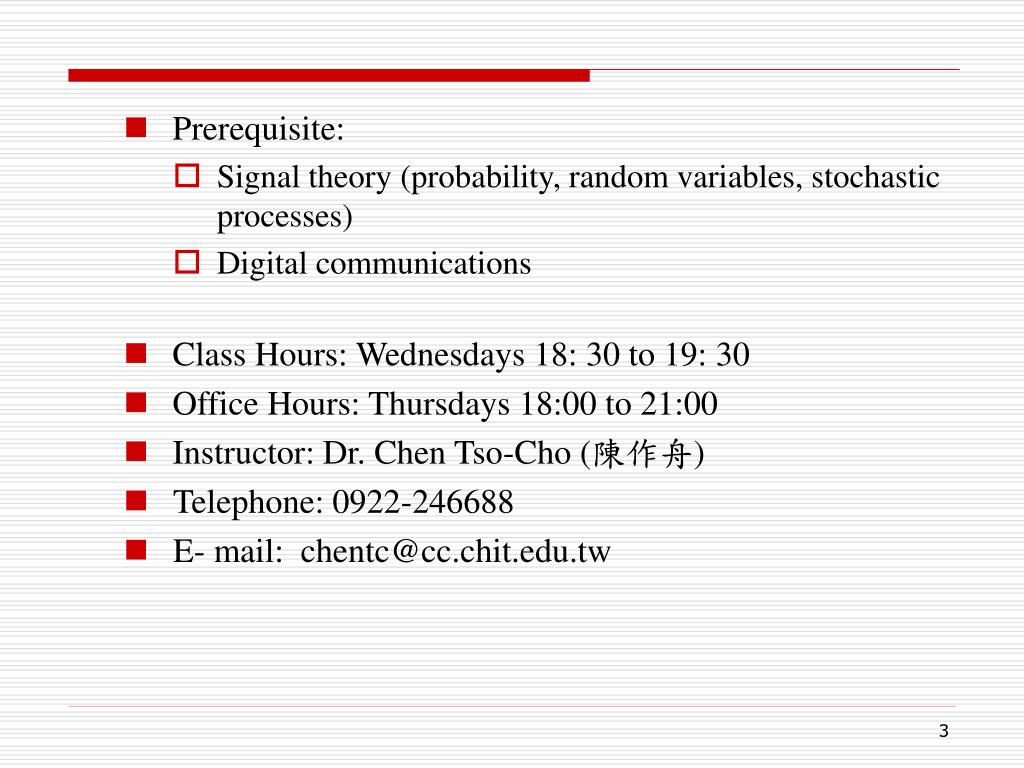

There are parallels among DSSS and FHSS systems which have led some authors to propose that these approaches are duals of each other.

Direct sequence and frequency hopping have different physical mechanisms for spreading and de-spreading, and have different properties in how they reject narrowband interference. In this reassembly process, any other signal (such as interference) will not match this reassembly process and therefore is effectively broken up into pieces of its own. A corresponding de-spreading process, using the same code, “knows” where these pieces are and reassembles them back together. One interpretation of any spread spectrum method is that the spreading process “breaks apart” the information signal into little pieces, using some type of code. These two are direct sequence spread spectrum (DSSS) and frequency hopping spread spectrum (FHSS). Of the various spread spectrum techniques that have been proposed and implemented over the years, there are two that survive to dominate the present implementations. Many different types of modulation can be, and have been, used in the implementation of spread spectrum systems. 47–50.Spread spectrum is not really a modulation type, but is rather a communication system technique. Cokenias, “Spread-spectrum operators face compliance issues,” Wireless Systems Design, April 1997, pp. Simon, et al, Spread Spectrum Communications Handbook, Mc Graw-Hill, 1994.
#R. C. DIXON SPREAD SPECTRUM SYSTEMS PDF CODE#
Leppanen, Code Division Multiple Access Communications, Kluwer Academic Publishers, 1995, pp. Roth, “Spread spectrum technology for low power PCS applications,” Microwave Journal, October 1995, pp. Vermeer, “Designing a high-speed direct-sequence spread-spectrum radio,” Wireless Systems Design, September 1997, pp. Kamerman, “Spread-spectrum techniques drive WLAN performance,” Microwaves & RF, September 1996, pp. Andren, “WLAN designers choose between DSSS and FHSS,” Wireless Systems Design, March 1997, pp. Duel-Hallen, et al, “Multiuser detection for CDMA systems,” IEEE Pers. Rasky, et al, “Slow frequency-hop TDMA/CDMA for macrocellular personal communications,” IEEE Pers. Kohno, et al, Spread spectrum access methods for wireless communications,” IEEE Commun. Whipple, “North American cellular CDMA,” Hewlett-Packard Journal, December 1993. Magill, et al, “Spread-spectrum technology for commercial applications,” Proc. Schilling, et al, “Spread spectrum for commercial applications,” IEEE Commun. Kavehrad, “Spread spectrum for indoor digital radio,” IEEE Commun. Schweber, “Choices and confusion spread wider as spread spectrum goes mainstream,” EDN, pp. Dixon, Spread Spectrum Systems with Commercial Applications, Wiley, 1994.ī. This process is experimental and the keywords may be updated as the learning algorithm improves. These keywords were added by machine and not by the authors. FH has advantages in certain situations, but DS systems appear to be superior in most realizations. DS and FH implementations in satellite systems, CDMA cellular systems, and low power unlicensed applications are discussed. There is no universal agreement on whether DS or FH systems have inherently the simplest, and hence least expensive, design. Direct sequence (DS) and frequency hopped (FH) systems each have their strengths and weaknesses with respect to the above criteria, and these are often manifested in different ways. Spread spectrum signaling has properties that make it useful for hiding and encrypting signals, reducing interference to (and from) other radio transmissions, accurate ranging, multiple access, and multipath mitigation.


 0 kommentar(er)
0 kommentar(er)
